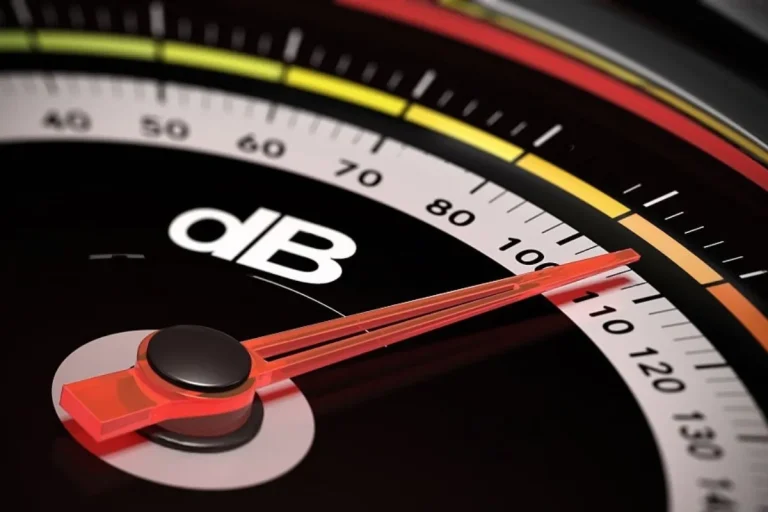What’s the best position in baseball for a leftie
Are you a leftie with a passion for baseball? If so, you might be wondering, “What’s the best position in baseball for a leftie?” Well, you’re in the right place! Baseball has captured the hearts of millions worldwide, with its rich history and diverse positions. And when it comes to left-handed players, their significance in the game cannot be overlooked. In this article, we will explore the advantages and opportunities that await left-handed players in baseball, helping you find the perfect position to showcase your skills. So, let’s dive right in!
Left-Handed Advantage in Baseball
As a left-handed player, I have always wondered about the advantages that come with my dominant hand in the game of baseball. Well, let’s delve into it! One major advantage for lefties is their ability to throw with their left arm, which often catches right-handed batters off guard. This unexpected angle can make it challenging for opponents to predict the trajectory of the ball, giving left-handed pitchers an edge.
Not only that, but left-handed players also have an advantage when it comes to base running. Since most pitchers are right-handed, their pickoff move tends to favor throwing to first base. As a leftie, I can exploit this by taking a bigger lead off first base and potentially stealing more bases, catching the opposition off guard.
Lefties also have a strategic impact on the game. When facing a left-handed pitcher, right-handed batters may struggle due to the natural movement of pitches from a left-handed arm. This can lead to more strikeouts and weaker contact, giving the pitching team an advantage. Additionally, left-handed hitters have an advantage against right-handed pitchers, as their swing is naturally positioned to hit the ball to the opposite field, increasing their chances of getting on base.
Understanding Baseball Positions
When it comes to baseball positions, it can sometimes feel overwhelming with all the different roles on the field. But fear not, I’m here to break it down for you! In baseball, there are nine main positions, each with its own unique responsibilities and skills.
Let’s start with the infield positions. First base is responsible for catching throws from other fielders and covering the bag to secure outs. Second base requires quick reflexes for turning double plays and providing coverage in the middle of the field. Shortstop is the field general, responsible for fielding ground balls and making accurate throws to various bases. Lastly, third base requires a strong arm and quick reactions to handle hard-hit balls and make accurate throws across the diamond.
Moving to the outfield, we have the left field, center field, and right field positions. The outfielders are responsible for catching fly balls and preventing hits from reaching the outfield. Center field requires excellent speed and range to cover a larger area, while left and right fielders must have strong throwing arms to make accurate throws to the bases.
Lastly, we have the pitcher and the catcher. The pitcher is the most important position on the field, responsible for delivering pitches with precision and strategy. Pitchers need a variety of pitches in their arsenal to keep batters off balance. The catcher, on the other hand, is the field general behind home plate, coordinating the defense and catching pitches, while also being responsible for throwing out baserunners.
Evaluating the Best Position for a Leftie
As a left-handed player, it’s important to consider which position on the baseball field suits me best. Let’s explore the options and weigh the strengths and weaknesses! One position that often comes to mind for lefties is pitcher. With the advantage of throwing from the left side, left-handed pitchers can create a unique angle that can be challenging for batters to adjust to. This can lead to more strikeouts and weaker contact, making lefties a valuable asset on the mound.
Another position that suits lefties well is first base. Since most players are right-handed, being a left-handed first baseman can provide an advantage when catching throws from infielders. With the glove on the right hand, lefties can stretch out and make more natural scoops, potentially saving their teammates from errors. Additionally, left-handed first basemen can also limit the opposing team’s ability to steal bases, as their throwing motion to second base is shorter and quicker.
However, there are also positions where being left-handed may present challenges. For example, playing third base can be tricky for lefties due to the need for quick reactions and strong throws across the diamond. The natural throwing motion for a lefty is less favorable in this position, making it harder to make accurate and timely throws to first base. Similarly, playing shortstop might also be challenging for lefties, as they have to pivot and throw across their body to complete double plays.
Left-Handed Pitchers: A Dominant Force
Left-handed pitchers have a significant impact on the game of baseball. Let’s dive into their role and the challenges they pose to batters. One of the main advantages of left-handed pitchers is their ability to create a unique angle when delivering pitches. This angle can make it difficult for right-handed batters to pick up the ball out of the pitcher’s hand, resulting in more strikeouts and weaker contact. Lefties have a natural advantage in this aspect, as their pitches come from the opposite side of the plate.
Furthermore, left-handed pitchers often have an advantage against left-handed batters. The ball moving away from a left-handed batter can be particularly challenging to hit, making it harder to make solid contact. This allows left-handed pitchers to dominate against lineups with a heavy left-handed presence, providing a strategic advantage for their team.
However, left-handed pitchers also face challenges of their own. Since the majority of players are right-handed, lefties may face difficulties when it comes to fielding their position. The natural throwing motion for lefties can make it harder to make accurate throws to bases, especially when it requires quick reactions and strong throws across the diamond. Nonetheless, their effectiveness on the mound often makes up for any fielding challenges they may encounter.
Left-Handed Hitters: Power and Advantage
Left-handed hitters play a significant role in the game of baseball. Let’s explore their significance and the competitive edge they possess. One of the key advantages of left-handed hitters is their stance at the plate. By standing on the opposite side of the batter’s box, lefties force pitchers to adjust their game plan. This can disrupt a pitcher’s rhythm and make it more challenging for them to execute their pitches effectively. Left-handed hitters often have a natural advantage in this aspect, as they force pitchers to adjust their approach.
Moreover, left-handed hitters have a competitive edge when it comes to facing right-handed pitchers. The ball typically moves away from a left-handed batter when thrown by a righty, which can give them more time to react and make solid contact. This advantage allows left-handed hitters to generate power and drive the ball to the opposite field, increasing their chances of getting extra-base hits. Additionally, lefties can also create difficult angles for infielders, making it more challenging for them to field ground balls hit to the right side of the infield.
However, it’s important to note that left-handed hitters may face challenges when facing left-handed pitchers. The ball moving toward a lefty can be harder to pick up and hit, as it can appear to be coming from behind them. This can make it more difficult for left-handed hitters to generate power and make consistent contact. Nonetheless, their advantage against right-handed pitchers still makes them valuable assets in a lineup.
Fielding Positions for Lefties: Unique Opportunities
Left-handed players have unique opportunities when it comes to fielding positions in baseball. Let’s explore the positions that favor lefties and the advantages they bring to these roles. One of the primary positions that favor left-handed players is first base. As a lefty, I have an advantage at first base because my throwing motion aligns naturally with the position. This allows me to receive throws from infielders and make accurate throws to other bases without having to turn my body, saving valuable time in crucial game situations.
Another fielding position that often suits left-handed players is right field. As a lefty, I can use my throwing arm to my advantage when playing in right field. With my strong and accurate throws, I can quickly get the ball back to the infield, preventing baserunners from advancing. Additionally, being a left-handed right fielder allows me to make difficult catches on balls hit down the line, as my glove hand is closer to the foul territory.
Left-handed players also have the advantage of versatility when it comes to fielding positions. Due to their unique throwing motion, lefties can adapt to various positions in the infield and outfield. This flexibility allows coaches to utilize left-handed players in multiple roles, providing strategic advantages for the team. Moreover, lefties can create challenging angles for baserunners and batters, making it harder for them to steal bases or hit against the shift.
FAQs: Best Position in Baseball for a Leftie
What is the best position in baseball for a left-handed player?
First base is often considered the best position for a left-handed player due to their natural throwing motion and ability to receive throws from infielders.
Can a left-handed player excel in the outfield?
Yes, left-handed players can excel in the outfield, particularly in right field, where their throwing arm can make strong and accurate throws to prevent baserunners from advancing.
Are left-handed players limited to specific positions?
No, left-handed players can adapt to various positions in both the infield and outfield, providing versatility and strategic advantages for their team.
Do left-handed players face any challenges in certain positions?
Left-handed players may face challenges when playing positions where their throwing motion is less advantageous, such as third base or shortstop.
Can left-handed players contribute to the team’s success?
Absolutely, left-handed players bring unique skills and advantages to the field, allowing them to make significant contributions and impact the game positively.
Conclusion
left-handed players have distinct advantages and unique opportunities in the game of baseball. From the dominant force of left-handed pitchers to the power and advantage of left-handed hitters, there’s no shortage of positions where lefties can excel. Whether it’s on the pitcher’s mound, at the plate, or in the field, lefties bring a special flair to the game. So, if you’re a leftie with a passion for baseball, embrace your skills and pursue the position that suits you best. Remember, the world of baseball is waiting for your left-handed magic!


